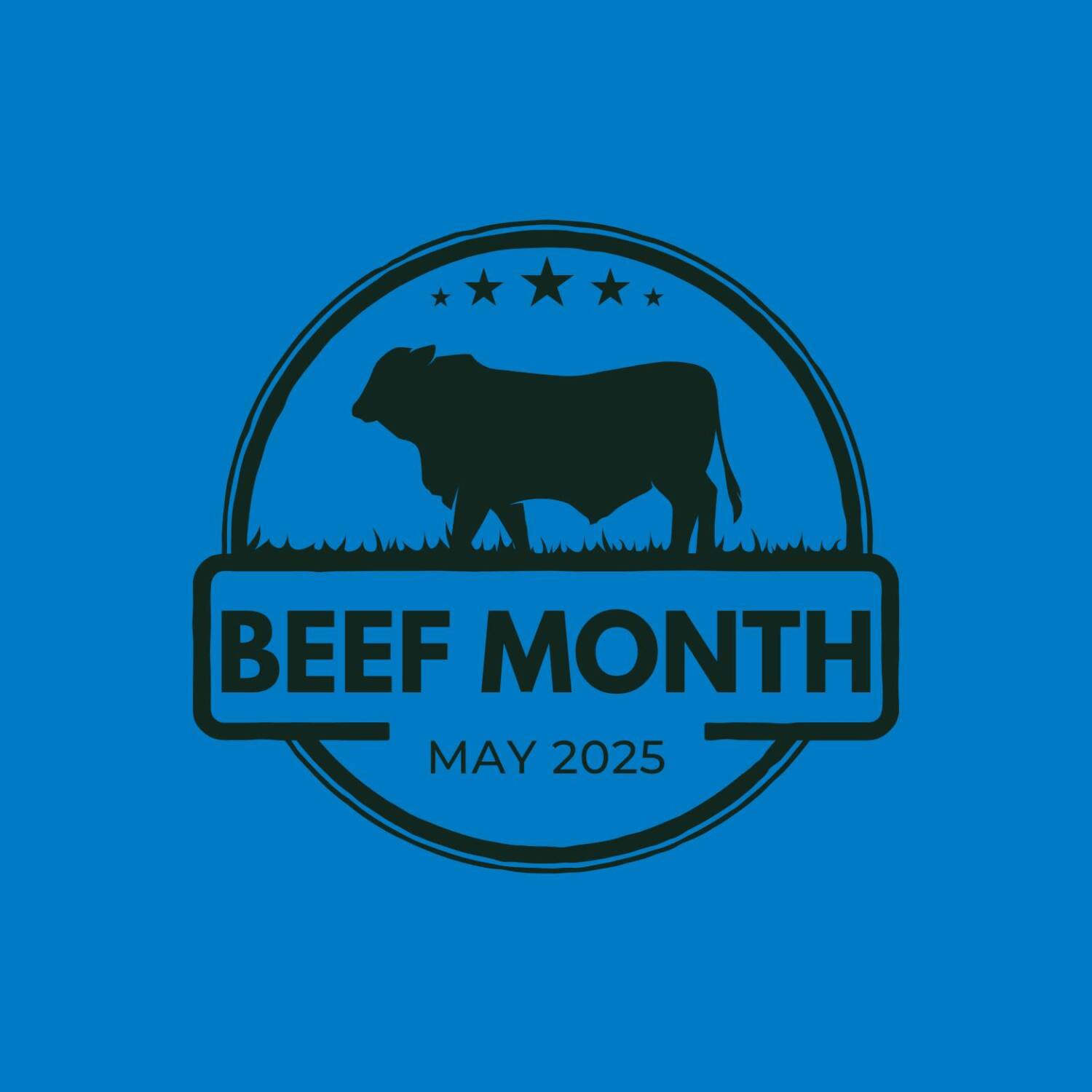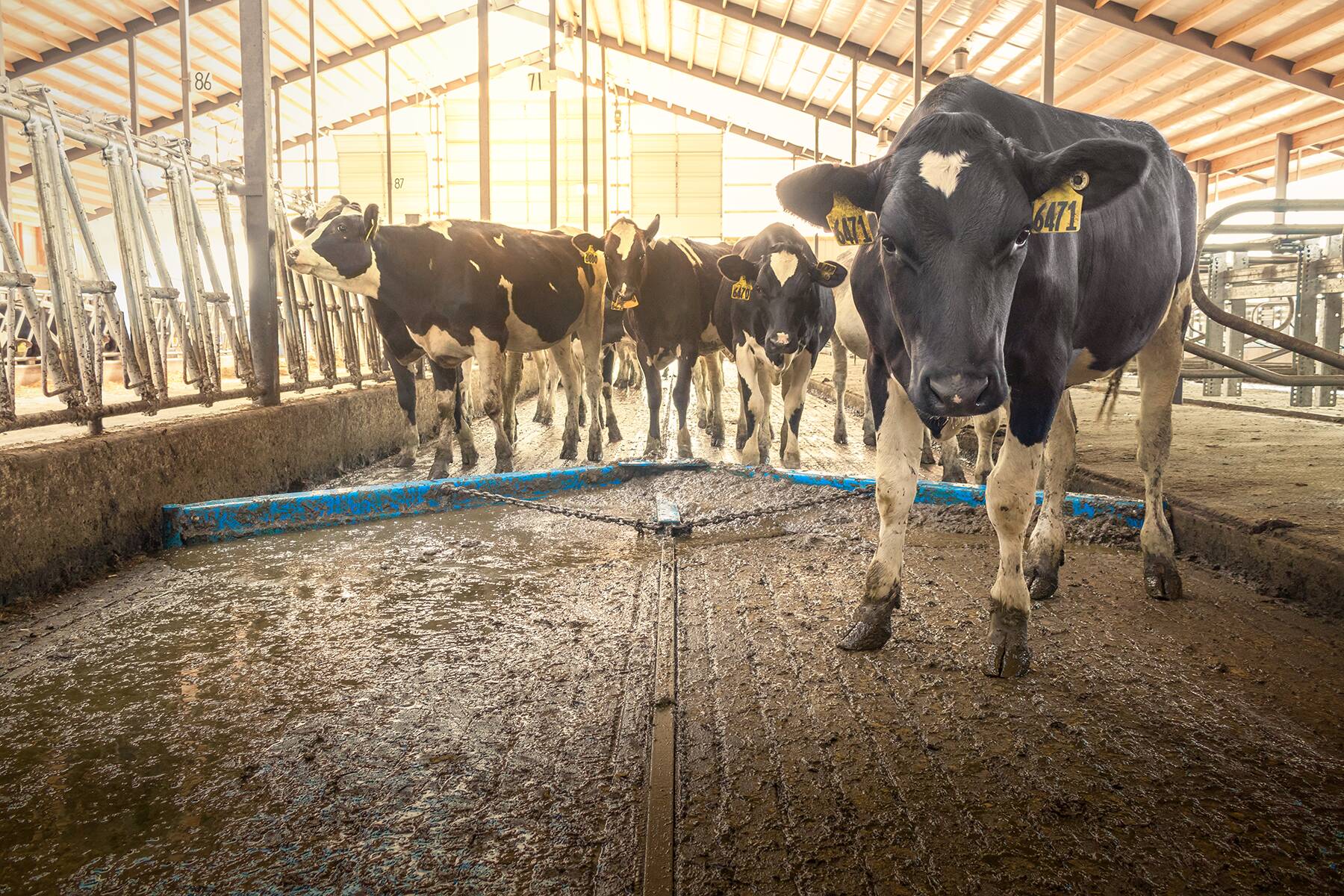
May: National Beef Month
May is Beef Month. While the history of how National Beef Month started is not clearly defined, most people assume it’s because May is unofficially considered the start of grilling season. Regardless of the origin of Beef Month, beef has been a staple in the American household for many years. Cattle were first introduced by Spanish and English explorers and settlers centuries ago.
In honor of Beef Month, let’s shine the light on a few facts of this delicious meat.
GRADES OF BEEF
Whether you’re reading the menu at a restaurant or the meat packages at the grocery store, you’ll see several names describing beef. What do they all mean? Here’s a rundown on a few of the terms, courtesy of the United States Department of Agriculture (USDA):
Prime Beef. Generally found and served in restaurants and hotels, this grade is produced from young, well-fed beef cattle. It contains a great amount of marbling.
Prime roasts and prime steaks are excellent for broiling, roasting, grilling, or any dry-heat cooking method.
Choice Beef. Generally found and served in restaurants and hotels, this grade is produced from young, well-fed beef cattle.
Choice roasts and choice steaks do not have as much marbling as the prime cuts do. Choice cuts from the loin and rib are very tender, juicy, and flavorful. They are well suited for broiling, roasting, grilling and other dry-heat cooking methods. The less tender cuts should be braised, roasted, or simmered in a tightly covered pan along with a small amount of liquid.
Select Beef. A consistent quality grade that is leaner than prime or choice beef. It is fairly tender but does lack the flavor and juiciness of the higher grades. To maximize the flavor and tenderness, these cuts are best when marinated prior to cooking or braising.
There are other grades of beef. Again, according to USDA, “Standard and Commercial grades of beef are frequently sold as ungraded or as store brand meat. Utility, Cutter, and Canner grades of beef are seldom, if ever, sold at retail but are used instead to make ground beef and processed products.”
Beef is delicious and versatile no matter what grade you choose.
NUTRITIONAL VALUE
In addition to being delicious, beef is a powerhouse of nutrients. One serving of beef is 3 oz., which is about the size of a fist or iphone. A 3 oz serving of beef is packed with:
- 25 grams of protein, or approximately 50% of the recommended daily value.
- 10 nutrients that your body needs. These nutrients help build muscle, strengthen the immune system, develop a healthy brain, and more. Nutrients found in beef are:
- B12
- Zinc
- Protein
- Selenium
- Niacin
- B6
- Riboflavin
- Phosphorous
- Iron
- Choline
Beef provides the nutrients your body needs and at the same time satisfies your palate.
Beef’s popularity doesn’t seem to be diminishing. In 2021, beef consumption in the U.S. reached a record high with 30 billion pounds being consumed. This demand for beef is met by over 880,000 cattle and calf operations. Of these operations:
- 96% are family owned and operated
- Average beef cow herd size is 44 head
Whether served around the grill or the family table, beef will continue to provide a tasty meal and bring family and friends together.
During May and the throughout the year, remember to thank ranchers and farmers who work hard raising healthy beef cattle for consumers to eat.
Sources:
- “Beef Industry Statistics.” National Cattlemen’s Beef Association
- Statista
- USDA, National Agricultural Statistics Service
Enjoy these recipes provided by Patz employees:





